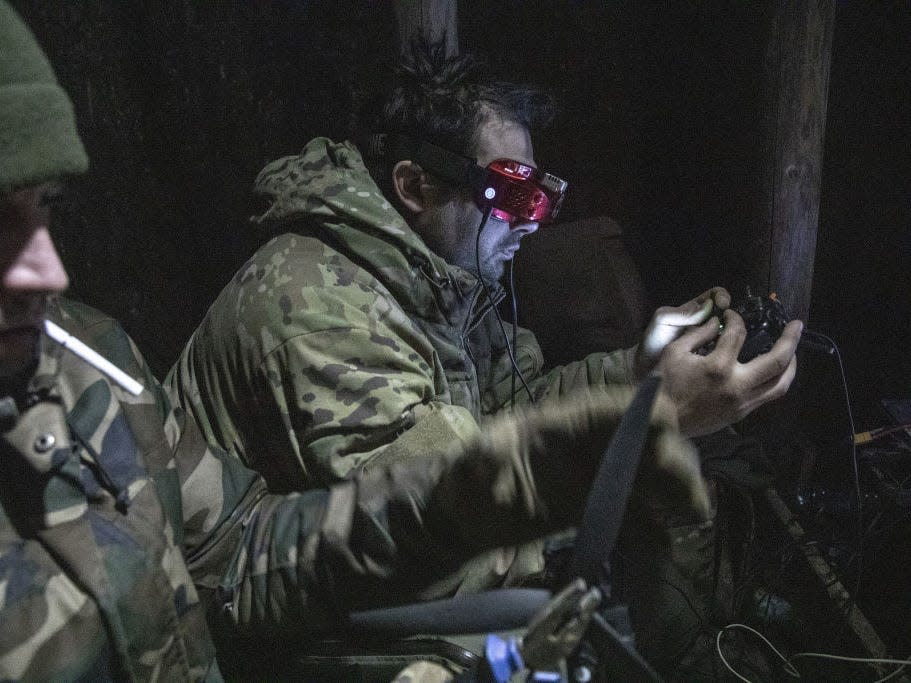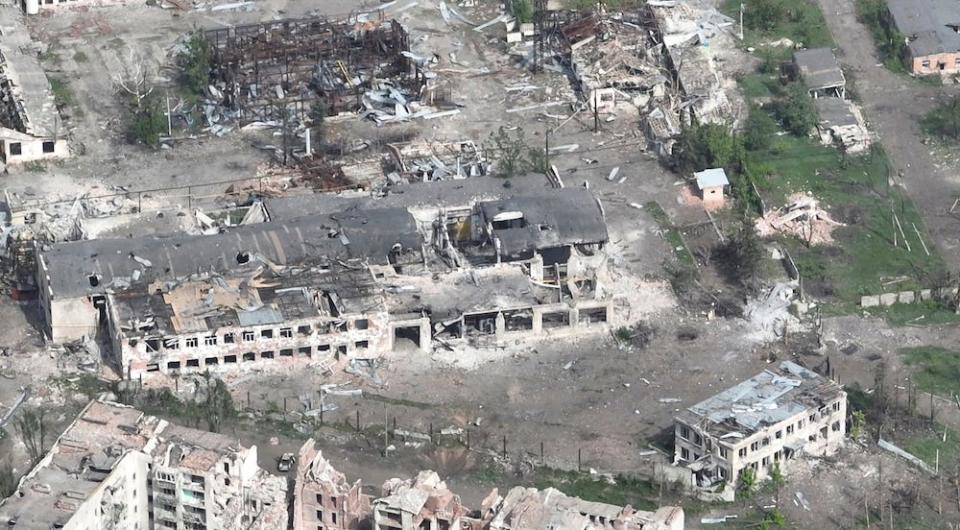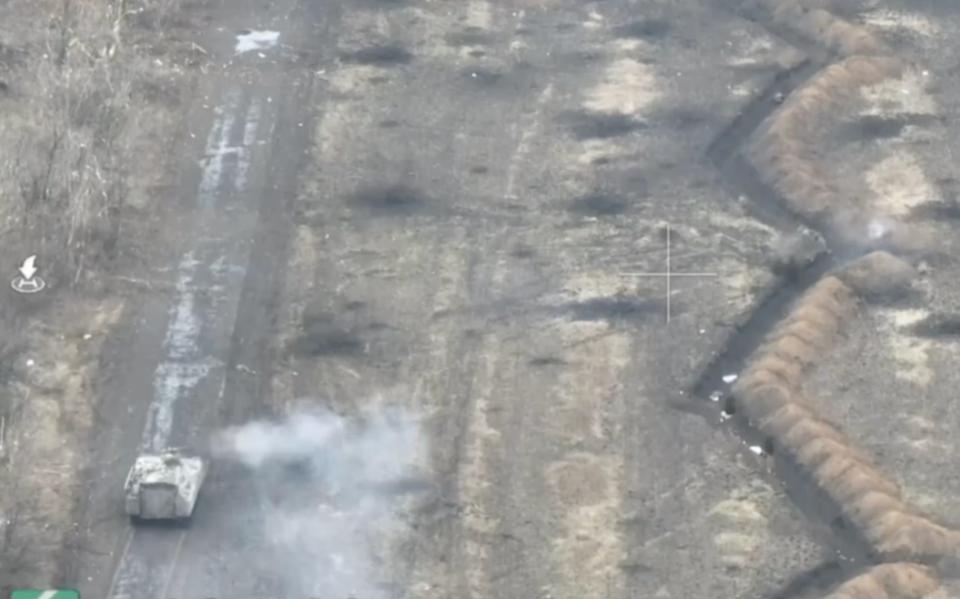Russian attack drones account for 90% of Ukrainian casualties around a key town in the last 6 months, medic says

Russian FPV drones injured 90% of wounded soldiers near Chasiv Yar, said a Ukrainian medic.
Drone warfare dominates the fighting around the key town, a Kyiv-based journalist said.
Russia is also using glide bombs to hammer other Ukrainian positions, the Kyiv-based reporter said.
Russian attack drones have inflicted about 90% of war injuries suffered by Ukrainian soldiers around a key town in the past six months, according to a medic stationed on the eastern front.
Kyiv Independent reporter Asami Terajima told Business Insider that she spoke to a medic called Oleksii who treats soldiers at a stabilization point near the frontline near Chasiv Yar before they are transported to hospitals.
The majority of Oleksii's patients in the past six months were injured by FPV (first-person-view) drones, Terajima said.
The strategic city of Chasiv Yar has been the target of a Russian offensive since December.

Russian troops have steadily advanced westward from the ruins of Bakhmut and Avdiivka, seizing a dozen small villages and nearing Chasiv Yar and a key highway to the south.
Terajima said that FPV drone warfare was a major feature of the fighting in the Donetsk Oblast, particularly in the Bakhmut area.
She said that in other parts of the eastern front, Ukrainian soldiers were being overwhelmed with glide bombs.
"The soldiers in the Avdiivka area were complaining a lot about the glide bombs that are now very intensively still being used," she told BI.
Russia stepped up its use of glide bombs in October when it launched its offensive against Avdiivka.
Powerful bombs are transformed into glide weapons by adding modified fins and guidance systems. They are launched at a distance from fighter planes and are difficult to spot on radar and shoot down.
Terajima said that Ukrainian soldiers told her during the last days before the fall of Avdiivka in February, Russian forces were dropping about 60 glide bombs a day.
"Ukrainian soldiers are barely able to visit their families, and it's really demoralizing when Russian forces intensify the use of glide bombs," Terajima said. "They're really, really scary."
However, some NATO members recently lifted the restrictions on Ukraine using their advanced weapons to strike military targets inside Russia, giving Ukraine new battlefield options in combatting the glide bombs.
"These policy changes will allow Ukrainian forces to use Western-provided systems to strike Russian firing and staging areas in Russia's border areas and airspace," conflict analysts at the Institute for the Study of War wrote.
Another Ukrainian defeat could be imminent

Terajima recently reported on the difficult frontline situation for Ukraine near the Donestk village of Ivanivske in mid-May.
The settlement, strategically located between Bakhmut and Chasiv Yar, is now under severe threat, she said.
Russian forces began their assault on Ivanivske in February, and by April, they controlled the main roads. Despite fierce house-to-house fighting, Ukrainian troops are gradually being pushed out.
She said that while the Ukrainian military is determined to present the ongoing battle as under control, holding Ivanivske would be difficult.
"In Ivanivske, everything is destroyed, and there's nowhere to hide," Terajima told BI. "You can't build a trench because there's the concrete underneath that prevents you from digging further."
Lieutenant Colonel Nazar Voloshyn, a spokesperson for the Khortytsia grouping in the region, denied that Ivanivske was on the verge of falling.
Terajima told BI that Ukraine is resolved to maintain a resilient image and that her coverage detailing Ukraine's losses is therefore considered "taboo" and "provocative" because it taints that image.
"Russia's forces are sustaining heavy losses, but they are still advancing at a rate that we don't like," Terajima said.
By downplaying these advances, "we're basically turning away from the reality, not allowing the public to understand what's going on," she said.
"I think that no matter what, we need to always be honest and say it out how it is. And if we have heavy losses, then I think that has to be told."
Read the original article on Business Insider


